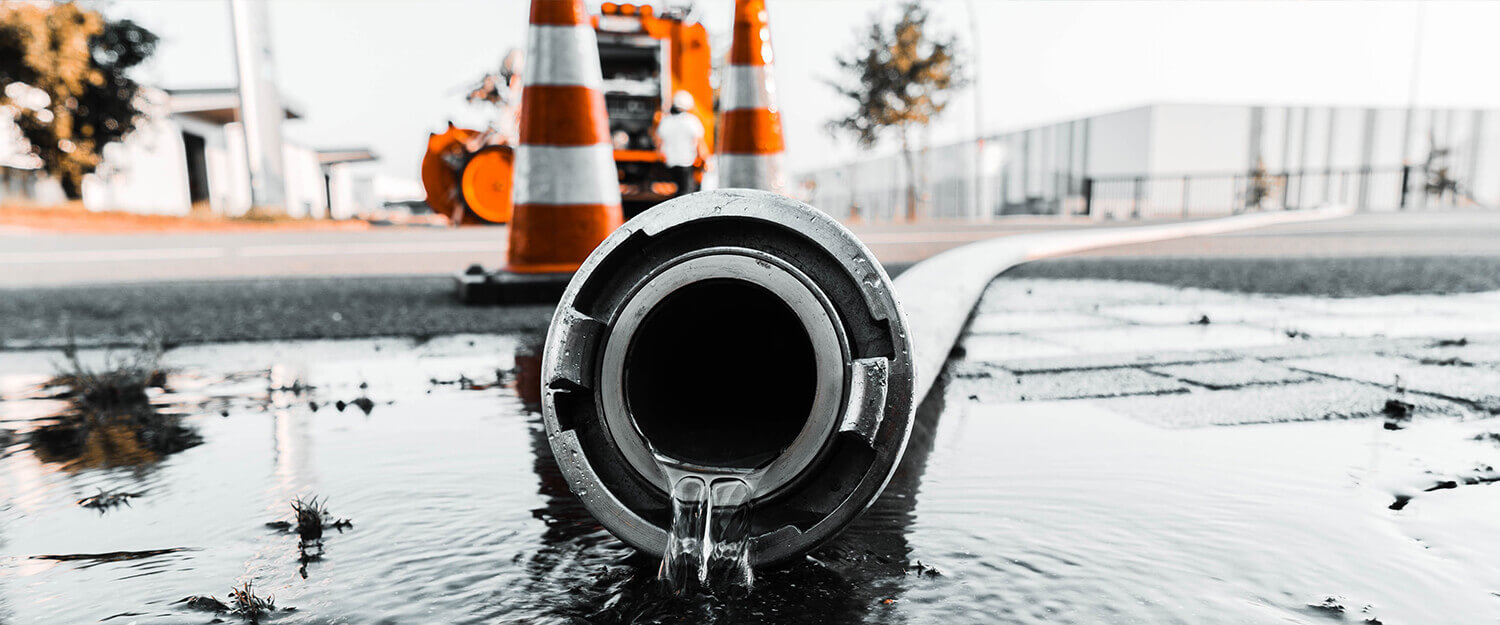Uncategorized
Choosing the right hose

"A hose is a flexible tube with a hole" - wrong
There are really many types of hoses and they are very often thought to be such a black flexible tube. Another very common impression is that green hose hassle on the wall of a detached house from which irrigation water does not come through any lynx.
However, without going any further into the various hose materials at this stage. The hoses can be roughly divided into rubber hoses and plastic hoses according to their intended use. The most common rubber hoses are certainly NBR hoses, ie oil-fuel hoses. Therefore, we always use Nitrile Rubber (NBR) fuel hose when refueling at service stations. It should also be noted at this point that, not all NBR rubber grades may be resistant to current biobenzos and therefore it is a good idea to check the chemical resistance of the hose. Another very commonly used hose material is EPDM hoses, which are mainly used for hot water and chemicals. As a rule of thumb, these should not be confused with each other. That is, the EPDM hose is not suitable for hydrocarbons and the NBR hose is not suitable for hot water and chemicals.
Plastic hoses undoubtedly come to mind as a tissue-reinforced garden hose, which is very commonly used as an irrigation hose in gardens. We use PVC hose every day when we take a shower, for example, of course it has many other uses in industry.
One interesting hose on the matter has come across recently. Namely, there are many stove hoses that are otherwise very often delivered far too short. So what limits the installation of the stove itself. Much is easy to install on a flat yard but when there will be height differences or the firebox is desired in a different direction, longer hoses are needed. From this we get the hose itself in many. At this point, it is quite necessary to note that many have really variegated hoses in use. There are e.g. PVC, NBR and EPDM hose in use at any time whatever. The choice of hose is guided by price and availability. Not so much suitability. I have never come across a food grade hose in many. So what feels a little weird when you think about it more closely. After all, many are crazy. Food quality in the hose means e.g. the fact that the hose material does not support microbial growth. And no smell or taste comes out of the hose. The food grade hose is also well marked on the outer casing of the hose. The price of a food-grade hose is a few euros more valuable than the so-called basic hose.

